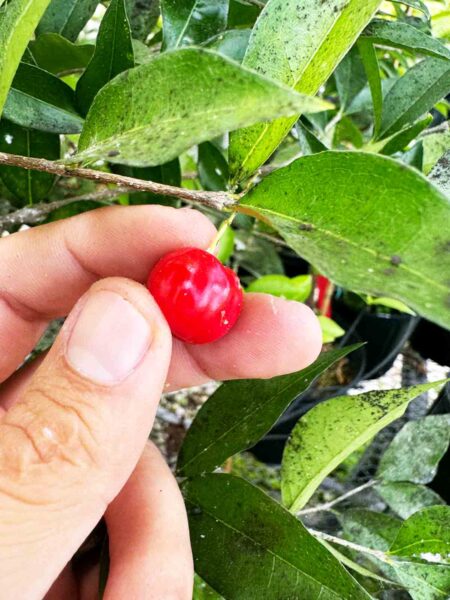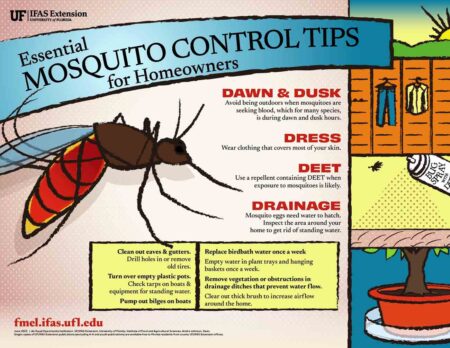I’ve written about lawn burweed in the past but I wanted to bring this up again because I’m currently getting questions about this weed, it seems to be growing a little early this year and it needs to be controlled before it produces seeds and burs. Lawn burweed is a winter annual that becomes problematic in spring.
I’ve written about lawn burweed in the past but I wanted to bring this up again because I’m currently getting questions about this weed, it seems to be growing a little early this year and it needs to be controlled before it produces seeds and burs.
Lawn burweed is a winter annual that becomes problematic in spring.
If you have a problem with this weed and missed the narrow window to apply a preemergence herbicide back in October, you still have an opportunity to control it with a postemergence herbicide before the prickly burs form.
Look for low growing green burweed plants that resemble a miniature version of parsley in areas where it was a problem last February/March. Look carefully as it will be growing very close to the ground. It does not have burs now so it will not be painful to walk on or to touch, yet.
Burweed seeds germinate in fall. Plants remain small and inconspicuous during winter. When temperatures warm in late winter and early spring this innocent looking and often unnoticed weed begins to rapidly grow, forming spine-tipped burs in its leaf axils.
These sharp, spiny burs hurt as children begin to use the yard again, running barefoot on an early spring day. Even the dog playing fetch suddenly starts doing a painful dance as it finds its way into a prickly patch of burweed. This weed can make a lawn area useless until it dies away and decomposes in late spring or early summer, only to reappear from left behind seeds next winter.
This weed can be easily controlled during winter months before spiny burs become a problem and before seeds are produced. But if you wait, you’ll have to put up with the pain and inconvenience until the burs again wither away. This can become an endless and unnecessary cycle. You can break this cycle and eliminate this weed by controlling it before the burs develop.
December, January and early February are ideal months to apply an herbicide for the control of burweed. Even though there are a number of herbicides labelled to control lawn burweed, a few of the more common lawn herbicides to look for are those that contain atrazine, imazaquin or 2,4-D. Centipedegrass, St. Augustinegrass and zoysiagrass have good tolerance of atrazine. Although labeled for use on most of our permanent lawn species, 2,4-D herbicides can injure centipedegrass and St. Augustinegrass, especially during periods of hot weather. Use lower rates of 2,4-D herbicides on centipede and St. Augustine lawns. And always follow the label instructions and precautions when using any pesticide, including herbicides.
Timing is key to controlling lawn burweed.
Larry Williams is the Extension horticulture agent with the Okaloosa County Cooperative Extension Service, University of Florida. Contact Larry at 689-5850 or email lwilliams@myokaloosa.com.







